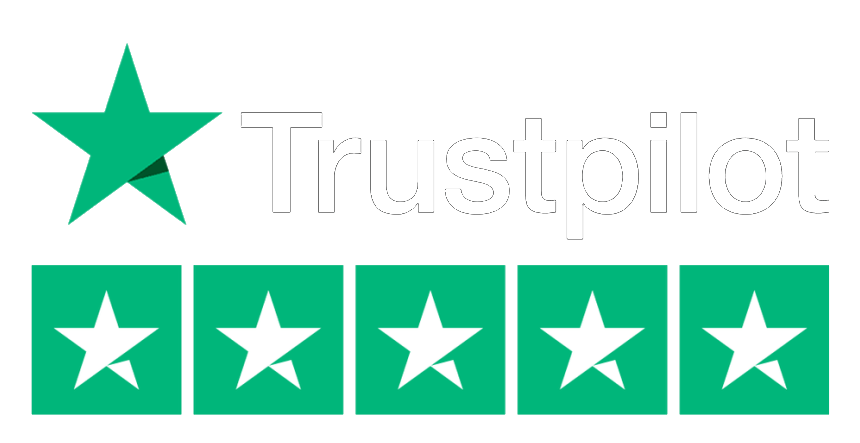In the fast-paced world of retail, efficiency and accuracy are everything. That’s where Electronic Shelf Labels (ESELs) come into play. Imagine never having to worry about mispriced items or outdated promotions—ESELs are a game-changer in the industry, making dynamic pricing and inventory management a breeze.

What Are Electronic Shelf Price Tags?
Electronic Shelf Labels, or ESELs, are digital displays that replace traditional paper price tags. Connected directly to your store’s ERP (Enterprise Resource Planning) and POS (Point of Sale) systems, these labels update in real-time, ensuring that prices on the shelves match those in your system. No more running around with a pricing gun—ESELs handle it all.
How Do Electronic Shelf Price Tags Work?
Electronic Shelf Edge Labels (ESELs) are sophisticated digital tools that modernise retail operations by automating price displays and product information. Here’s a streamlined look at how they function:

1. Integration with Store Systems
1. Integration with Store Systems
ESELs seamlessly connect with your store’s Enterprise Resource Planning (ERP) and Point of Sale (POS) systems. An example of this is MPOS Till, which allows the integration of ESEL technology, enabling automatic price updates and inventory management directly from the POS system. Moreover, this integration allows for real-time updates, ensuring that any changes in pricing or product information made in the central system are instantly reflected on the shelf. This eliminates discrepancies between shelf and checkout prices, ensuring a smooth customer experience.
2. Wireless Communication
ESELs receive updates through various wireless technologies, which can vary depending on the store’s infrastructure:
Wi-Fi: Uses the store’s existing network for efficient communication.
Bluetooth Low Energy (BLE): Ideal for frequent, energy-efficient updates.
Radio Frequency (RF): Offers long-range, interference-resistant communication.
NFC (Near Field Communication): Allows precise updates via a mobile device tap.
These technologies ensure that ESELs remain up-to-date with minimal manual intervention.

3. E-paper Display Technology
At the core of ESELs is e-paper technology, which mimics the appearance of ink on paper. This display technology is energy-efficient, consuming power only when the information is updated. E-paper uses tiny microcapsules filled with charged particles that move to form images or text when an electric field is applied. This not only makes the display clear and easy to read but also allows ESELs to operate for years on a single battery.
4. Centralised Management
A centralised management system controls all ESELs in a store. This software platform allows for:
Real-time Monitoring: Ensures all labels display the correct information.
Batch Updates: Enables simultaneous updates to thousands of labels.
Centralised Control: Facilitates easy management of prices, promotions, and product details from a single interface.
This system simplifies the management of large numbers of ESELs, making it efficient and reliable.
5. Mounting and Customization
ESELs are mounted on shelves using durable brackets, designed to stay securely in place. They can be customised in size, colour, and layout to match store branding, and some models offer multiple pages of information, enhancing their functionality.
6. Data Security and Reliability
ESELs prioritise security with encrypted communication, protecting sensitive data like pricing and inventory levels. In case of power or network failures, ESELs retain the last displayed information, ensuring continued operation without disruption.
7. Interactivity
ESELs can also enhance customer engagement. Many models feature QR codes or NFC tags, allowing customers to access additional product information or reviews. Some ESELs even include LED indicators to highlight promotions or customer-preferred items, further improving the shopping experience.

How MPOS Enhances ESEL Functionality
In addition to these benefits, integrating your ESEL system with a MPOS can further streamline operations. MPOS systems allow store associates to manage pricing, inventory, and customer interactions directly from a mobile device. This flexibility means that updates can be made on the go, ensuring that your store runs smoothly, even during peak hours.
Imagine a customer inquiring about a product’s price, and within seconds, the store associate updates the label via MPOS, providing the most accurate information right there on the spot. This level of service not only improves customer satisfaction but also boosts your store’s efficiency.
The Way Forward
Electronic Shelf Labels are not just a trend—they’re the future of retail. By adopting this technology, you’re not only enhancing your store’s operational efficiency but also creating a more dynamic, customer-friendly shopping experience. And with the added power of MPOS systems, your store will be ready to meet the challenges of modern retail head-on.
Ready to take the next step? Learn more about how MPOS and ESELs can transform your store’s operations and start reaping the benefits today!



